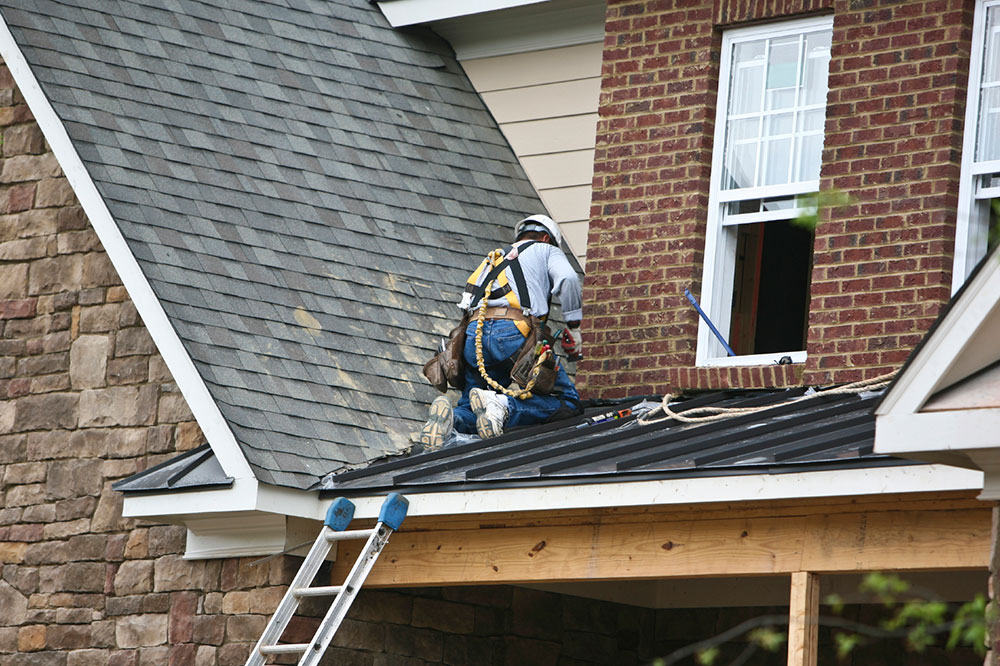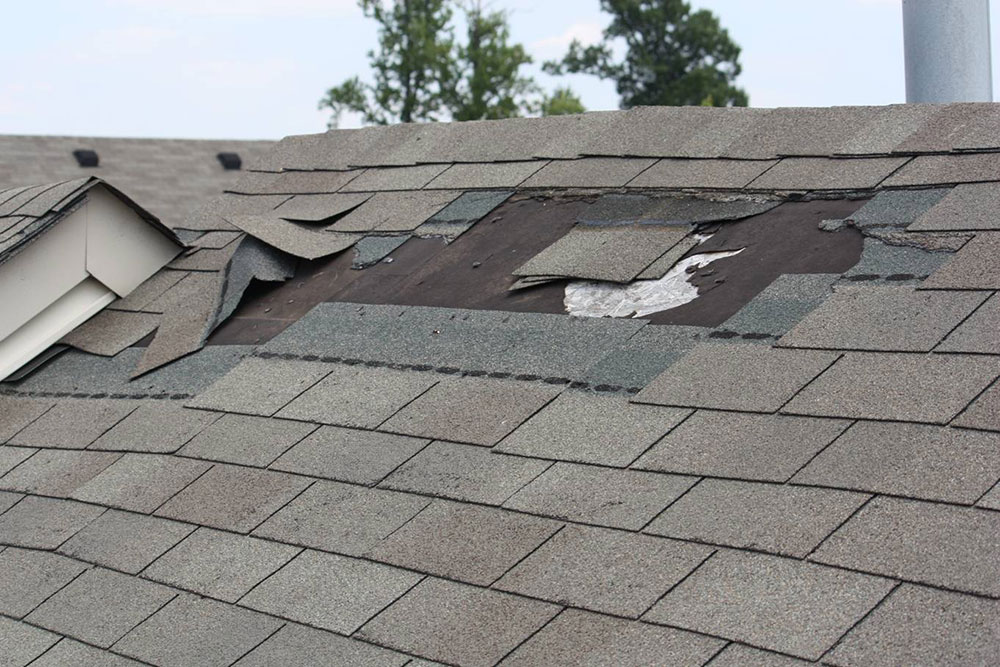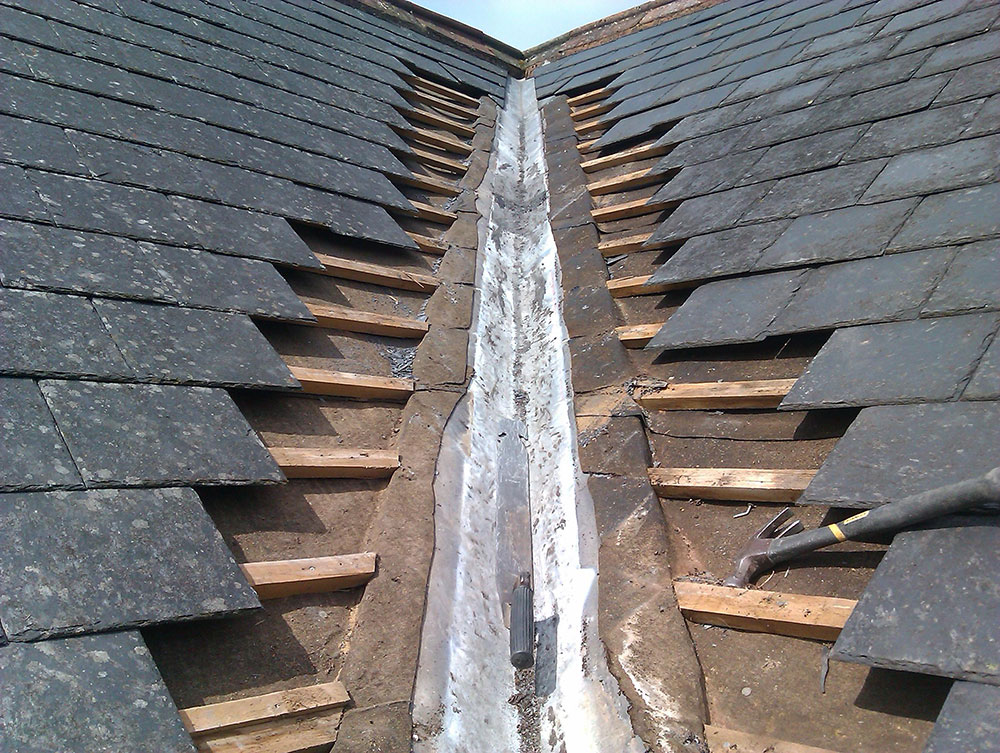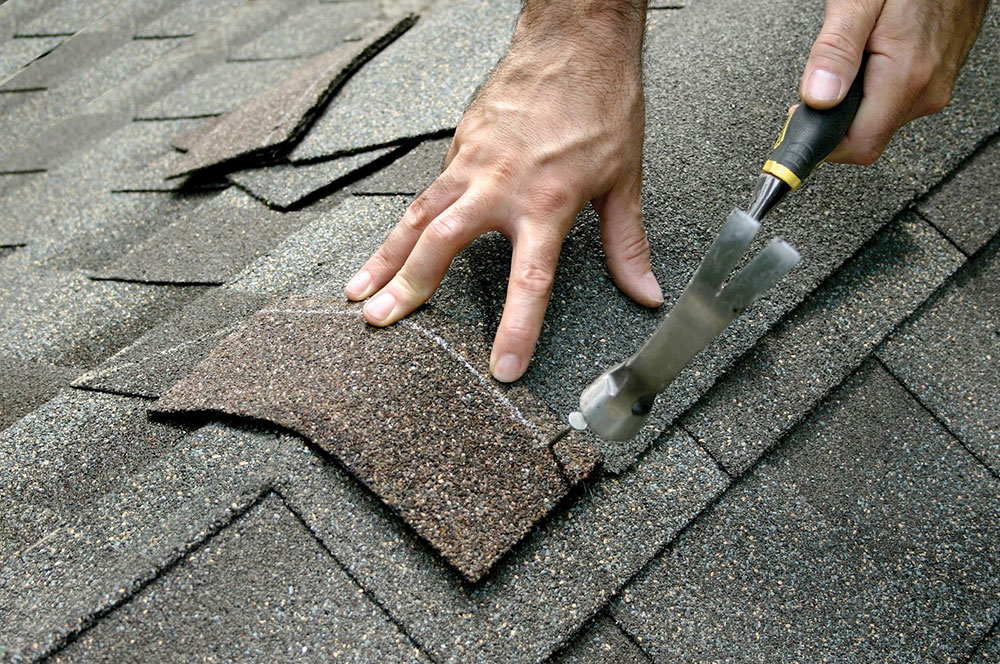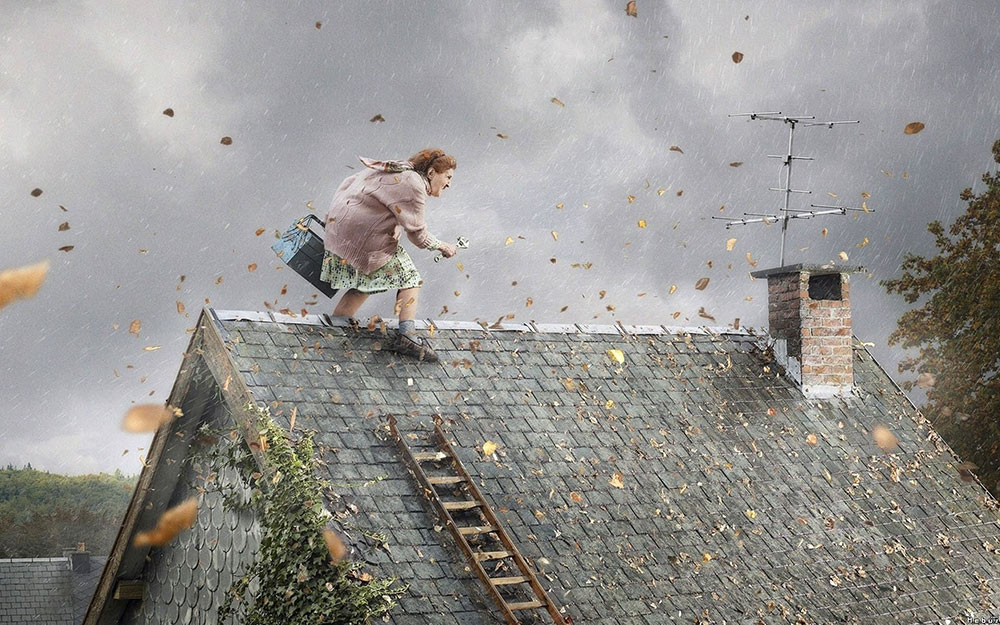Advertisement
When your ceiling is leaking, that’s a serious problem, even when it seems you’ve solved it temporarily.
Water leaking from ceiling indicates that there is roof damage to be fixed and that you can’t waste any more time before hiring a water damage service and asking them to do solve the problem.
It may seem like something you can fix yourself (especially when there is only water dripping from ceilings), but the challenge is to locate the source instead of randomly making home roof repairs.
Unless you do this, the problem will reoccur, and you will end up with a completely destroyed roof whose reparation will not exactly be budget-friendly.
Water coming through ceiling – how can you fix that?
In case you’re experiencing water leaking from ceiling, the first and most important task will be to locate the source, or to move ‘the water’s way’, as roofers like to say.
Most of the time, the reason why you’re facing water coming through ceiling is that some of the shingles are missing, broken, or worn out, or that some of the nails were poorly sealed and corroded with time.
Loose vents, poorly installed skylights, or old chimneys can also cause water to run along intersections, and to damage your ceiling when least expected.
Water damage remediation is one of the vital functions for the health of your home, regardless of whether you hire a water damage restoration service regularly, or wait for a torrential rainfall to remind you that you should do it.
Failing to fix such damage can cause mold to appear, or even worse, it can weaken the entire structure of the roof. The sad truth is that you can’t protect your ceiling 100%, be it a drywall or a plaster one.
No ceiling material is absolutely waterproof, which is why you need to check it here and there, and see whether there is something to do to improve its condition.
The good thing, however, is that water usually runs down a rafter, and you can see precisely where it began.
Once roofing is passed, it continues flowing towards the sheathing, and arrives to the topside of the ceiling looking for the thinnest layer to drip down. Unfortunately, that can even be your most expensive piece of furniture.
What you can do is to examine the roof in daylight, still using a powerful flashlight to watch your step, and walk exclusively on secure framing pieces to avoid falling or damaging the ceiling.
Skip the insulation on the topside in every case, as it is never strong enough to support an average adult. Once there, follow the wetness traces, and work the way up to see which framing member has been damaged.
Vital ceiling recovery steps
Don’t let it happen again
Once you’ve found the source, close it, because there is no sense in doing reparation work without it. Fix the leaking pipe, or even put another one.
Check if the roof material above it is damaged
This will be fairly easy on a flat roof, but there is good chance water is leaking on other places too. Therefore, examine everything. If looking on a slanted roof, examine areas higher than the leak source.
Don’t forget to check the attic for mold, marks, or wood stains, or ideally run a hose and let the person inside alert you when water starts leaking.
Dry the ceiling out (both below and above)
Before you’ve done whatever, make sure your floor and furniture are protected from the tarp that may fall on them. Seal the leak, and start drying the ceiling with vacuum, fans, towels, or any other asset you have available.
The ceiling is supposed to be dried on both sides in order to prevent water from dripping. In case that’s still happening, dry it again, and if that doesn’t help you need to inspect the ceiling for saturation.
What may also happen during the process is for the drywall to bulge out, so make sure there is a bucket under the swollen area. You can stab it easily with a screwdriver, but make sure there is something to collect the water as it pours down.
The mold danger shouldn’t be underestimated, and it will almost certainly happen if you repair a wet surface. Just in case, let it dry before you proceed.
Proceed with straightening curled shingles
The challenge here is not to ruin the shingles, as they are usually made of highly-sensitive asphalt. Straightening is easiest by warming them up, which may require more heat in colder weather conditions.
You can use a torch, or even open flame, but you should be extremely careful – even the most fire redundant shingle can be damaged from direct fire, so use an electric fan instead.
Get rid of the damaged sections
The damaged sections ought to be cut out, but before you do that you need to be aware of the other side of the drywall too.
It might be that the damaged are is exactly where an electric wire, gas line, HVAC duct, plumbing, or metal supporters are located, so it is always better to cut a small test hole with a utility knife, and to use a torch to see what there is inside.
This is especially important in cases where the leak is happening in the centre of the ceiling’s crawlspace.
Clean the surface
The best material to smooth the ridges is sandpaper, which will also ensure you have a clean surface to work on. In case there are huge cracks and holes, that drywall plaster and repair them.
For smaller ones, you will only need joint compound. The bumps that appear in result can also be smoothened with sandpaper.
Get rid of unusable shingles
Once the shingle has been in contact with water, it will break with a simple crumble, so that even a small child can lift it off the roof. Therefore, it is critical to replace it with a new one.
The best way to do it to avoid damage is to lift the edges first, and to pry off the nail. There might be some cement leftovers, so scrape the area to ensure they won’t cause any problems. A sharper utility knifes should be enough to round the corners.
Then, take the new shingle and place it, driving 3.2 cm galvanized roof nails inside the upper corners, and then covering them with cement.
Priming and painting tips
Primer and a couple of coat layer will be necessary to cover the damage and stains on the ceiling. Note that coating without priming won’t be enough to cover the stains, the same as painting directly over them.
In the ideal scenario, paint the entire ceiling to avoid visible color differences.
Things you should do
Ventilate regularly. If it is summer, make sure the air conditioning is on until the area is completely dry, and use alternative sources such as heating during winter.
If the surface is flat, use a sponge to remove the water. In case the floor is made of hardwood or another sensitive material, cover it with foil sheets or Styrofoam blocks to avoid water leaking directly on it.
Ideally, move valuables and electronics in another room, and keep furniture door opened for internal drying. In case your books and valuable documents have been damaged, put them in the fridge to slow mold development.
For excessive damage, consider a water damage company to clean up, and to assist you.
Things you shouldn’t do
When the ceiling is leaking and the room is still wet, don’t go inside. Don’t turn on any electrical device or appliance until you’re absolutely sure there is no risk in doing it (the risk will be there for as long as the floor and the walls are wet.
Note that heat won’t help you in a closed area, so remove only the fabrics to prevent mildew, and let the room dry out.
Ending thoughts
From the very first moment stains start appearing on the roof, think whether your roof need fixing, and inspect it.
Ideally, hire professional service instead of doing it yourself, because you may neglect where the damage is coming from, or harm the roof structure even more.
Once the damage is completely repaired, proceed with painting the ceiling in order to cover the damaged spot.
There are many external and internal factors that can cause water damage, in particular storms, burst or leaky pipes, dysfunctional appliances, stopped drains, and so on.
Unfortunately, we can’t control all of them (particularly not weather damage or contaminated sewage system failures), but what we can do is to inspect regularly and prevent such damage from happening.

